2025-04-03
2025-04-03

Digital therapeutics ( DTx) is a new medical technology concept that has emerged worldwide in recent years. It can be equivalent to conventional medicines and treatments , providing patients with evidence-based medicine-based disease management and treatment. In November 2020, China's first digital therapy product, "Shukang APP", was approved by the National Drug Administration (NMPA), and was directly issued by doctors to patients as a prescription, opening the prelude to China's digital therapy .
Digital therapy products require support from real-world data and related clinical research . NMPA has released multiple real-world data guidelines , such as the "Guiding Principles for Real-world Evidence Supporting Drug Research and Development and Review (Trial)" in January 2020 and the "Guiding Principles for Generating Real-world Evidence (Trial)" in April 2021, etc.
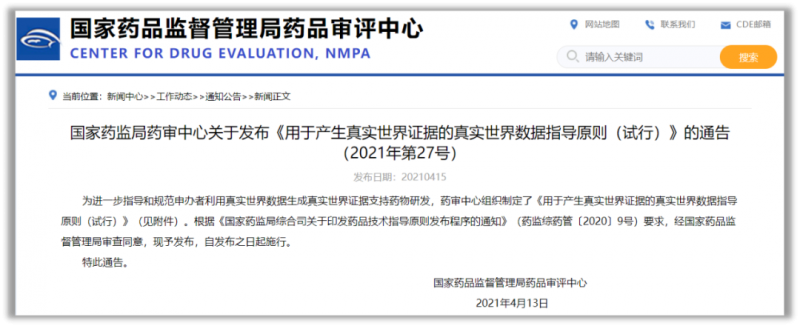
In addition, more and more Internet companies have begun to use the advantages of the platform to cooperate with hospitals to develop digital therapies. 2021 is recognized as the first year of digital therapy in China . Digital therapy, as a brand new digital health solution, has gradually entered the public's vision. This article will give a brief overview of the concept and application of digital therapy.

· Definition of digital therapy
Digital Therapy is a branch of digital health, representing a range of technologies, products and services in the healthcare and health industry. Digital therapy is defined as a software program-driven, evidence-based medicine-based intervention program to treat, manage or prevent disease. Digital therapies can be used alone or in conjunction with drugs, medical devices, or other therapies to optimize patient care and health outcomes.
· The composition of digital therapy
Similar to drugs, digital therapy is composed of digital active ingredients and digital excipients used by patients. The difference between digital therapy and drug therapy lies in the nature of the active ingredients, which are factors that affect clinical effectiveness. For drugs, it is some kind of chemical substance or protein, and for digital therapy, it is some kind of algorithm. Digital active ingredients are mainly responsible for the benefits of clinical treatment; excipients include virtual assistants, natural language processing systems, digital incentive systems, digital drug reminders, communication with doctors, communication with other patients, and clinical diagnosis and treatment record information. In addition to the patient-oriented components, the composition of digital therapy includes a dashboard for physicians and a transmission platform for downloading applications (Figure 1).

Figure 1. Composition of digital therapy (Source: Roberto Verna., et al. Acta Scientific Medical Sciences.2020) Classification of digital therapy
The Digital Therapy Alliance divides digital therapy into four categories according to its target product characteristics: ① Solve a certain physical condition; ② Manage or prevent a certain disease; ③ Optimize drug treatment; ④ Treat a certain disease.
The relationship between digital therapy, digital health and digital health
Digital Health is a broad concept, the technology, platforms and systems that attract consumers to achieve a healthy lifestyle called digital health. Digital health can capture, store and transmit health data to support clinical operations. Examples of digital health systems include health information technology, telehealth systems, systems that use consumer health information and clinical management tools.
Digital Medicine is a software or hardware product supported by an evidence-based basis that can be used to measure or interfere with human health, including digital diagnosis, digital biomarkers and remote patient monitoring devices.
Digital therapy is a software product based on clinical evidence that it can prevent, manage and treat specific diseases, including applications, digital sensors, VR and artificial intelligence (AI) devices. Such digital intervention products require clinical validation and evidence of real-world effectiveness.

Figure 2. The relationship between digital therapy, digital health and digital health (source: Dang A, et al. J Family Med Prim Care.2020)

Digital therapy covers a wide range of areas, including traditional drug therapy, non-pharmaceutical therapy (surgical, radiation and physical therapy), and psychological behavioral therapy, and can also cover areas of treatment that are not well classified (Figure 3).
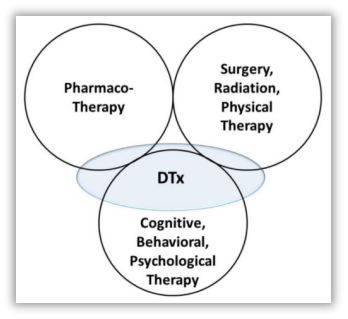
Figure 3. Areas of coverage of digital therapy in existing treatment modes (Source: Chung JY. Transl Clin Pharmacol. 2019)
Digital Therapy-related applications are an emerging category of applications that help the treatment of the disease by changing patient behavior and remote monitoring to achieve good health outcomes. The main difference between digital therapy and general health applications is that it is developed for specific diseases such as cardiovascular disease, mental illness and drug addiction. Here are some application cases of digital therapy.
Digital therapy helps improve primary hypertension (solve a certain physical condition)
Hypertension is the most common chronic disease and the most important risk factor for cardiovascular and cerebrovascular diseases. Intervention by measuring blood pressure, improving diet and lifestyle, or effective treatment with blood pressure-lowering drugs can reduce the risk of future cardiovascular disease. Although there are a series of drugs that can be used for the treatment of hypertension, the results are poor and there are problems with drug resistance. It is urgent to adopt better methods to optimize the management of hypertension.
The authoritative journal European Heart Journal (IF=35.855) published the research results of a digital therapy product in primary hypertension. Researchers have developed a new interactive smartphone app (HERB-DH1), which can evaluate the personality and behavioral characteristics of each hypertensive patient and the determinants of hypertension, helping users promote lifestyle changes in combination with medically proven non-pharmacological interventions, including limiting salt intake, weight control, regular exercise and limiting alcohol intake. Patients were randomly assigned to the digital therapy group (HERB system + routine lifestyle intervention) and the control group (regular lifestyle only). The results showed that the digital therapy group had good compliance; compared with the control group, the digital therapy group had significantly decreased 24-hour dynamic blood pressure, home self-test blood pressure and clinic blood pressure at week 12. Overall, digital therapy has advantages in reducing 24-hour dynamic blood pressure, home self-tested blood pressure, and clinic blood pressure without the use of antihypertensive drugs (Figure 4).
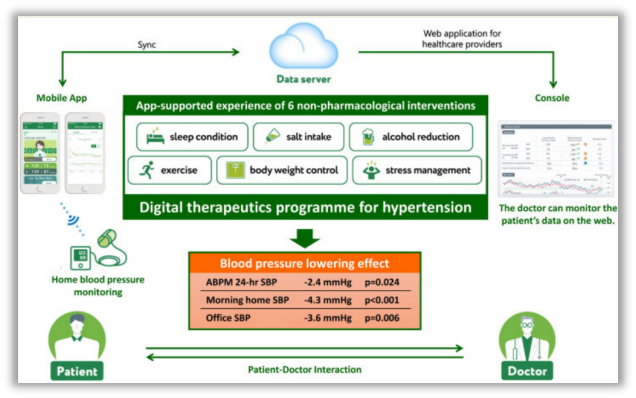
Figure 4. Graphic abstract of digital therapy for primary hypertension (source: Kario K, et al. Eur Heart J. 2021)
Digital therapy is beneficial for the treatment of sleep disorders (treatment of a certain disease)
Insomnia disorder is one of the common sleep disorders, and the incidence rate is showing a growing trend. The main treatment methods for insomnia disorder are drug treatment and cognitive behavioral treatment, and there are many adverse reactions in drug treatment. Cognitive behavioral therapy for insomnia (CBT-I) is the internationally recognized best treatment for non-pharmacological insomnia disorders.
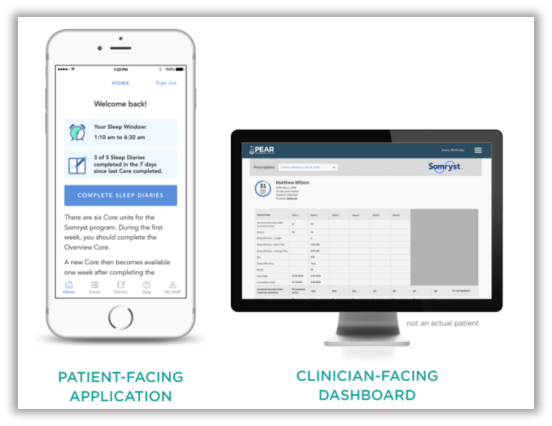
Figure 5. Somryst interface diagram (Photo source: peartherapeutics.com)
Pear Therapeutics, a company in the United States, and researchers from the University of Florida Center for Healthy Sleep Disorders, conducted a prospective clinical trial to evaluate the effectiveness of digital CBT-I by collecting real-world evidence. The intervention studied was Somryst, a prescription digital therapy product approved by the U.S. FDA, which provides digital CBT-I treatment to patients through smart mobile devices (smartphones or tablets). The main outcomes of the study evaluated include insomnia symptoms, participation in and persistence in treatment, symptoms of depression and anxiety, and insomnia relief, and the results of the study show that contactless prescription digital therapy has potential benefits in treating insomnia.

(Photo source: Screenshot of the video account of Digital Health Innovation Institute)
Digital therapy promises to improve attention in children with ADHD (treatment of a certain disease)
Attention deficit hyperactivity disorder (ADHD), commonly known as ADHD, is one of the common diseases in childhood, mainly characterized by attention distraction, hyperactivity and impulsivity. Drug interventions in ADHD have side effects and caregivers abuse, and digital therapy has become a possible way to address these limitations.
A research team from Duke University Medical Center published a paper in The Lancet Digital Health (IF=36.615) that they conducted a four-week randomized, double-blind controlled trial using a gaming application to explore whether interventions based on digital treatments can improve the effective score of attention. The results show that digital interventions may help children with ADHD's attention and have minimal side effects, which can solve the accessibility of treatment services for many ADHD patients, but further research is still needed to confirm the clinical significance of the trial results.

Figure 6. Video screenshot of digital therapy products in ADHD software therapy trial (source: Kollins SH, et al. Lancet Digit Health. 2020)
Digital Therapy Helps Fighting Drug Abuse Disorder (Treatment of a Disease)
Opioid use disorder (OUD) refers to psychological or behavioral disorders caused by opioid use. Drugs for opioid use disorders (MOUD) and behavioral therapy are the standard care methods for OUD. Pear Therapeutics, a digital therapy product for treating OUD patients, has released real-world data on reSET-O. reSET-O was approved by the U.S. FDA in late 2018 to increase patient dependence in treatment by providing cognitive behavioral therapy (CBT).
This real-world analysis was based on a large dataset of 3144 patients using reSET-O on smartphones or tablets in different regions of the United States. After using reSET-O, the withdrawal rate was 66%; some patients in the data set did not issue reported data in the last four weeks, and after deleting the data of patients with missing data, the withdrawal rate reached 91%. Retention is a measure of patients' continuous participation in treatment, and the retention rate of reSET-O is higher than that of general medical and health products. The results of the study confirm that reSET-O can be easily widely used by OUD patients and that digital therapy has the potential value as an adjunct to treat substance abuse disorders.
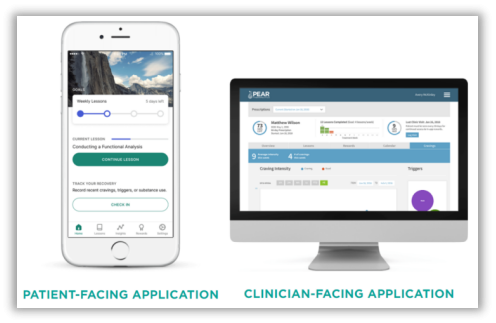
Figure 7. ReSET-O interface diagram (Photo source: peatherapeutics.com)
Digital Therapy Guides Accurate Drug Use Based on Pharmacokinetics (Optimized Drug Treatment)
Hemophilia A is a recessive hereditary hemorrhagic disease that causes X-chromosome linkage due to defects in the clotting factor VIII gene, resulting in insufficient plasma FVIII content or functional defects. The personalized treatment method of hemophilia under the guidance of pharmacokinetics (PK) changes the traditional way of medication (patients generally follow a unified way of medication in different situations). Just two blood samples are collected to intelligently calculate the patient's PK parameters, so as to formulate personalized medication methods based on the patient's PK characteristics and personalized lifestyle. myPKFiT is currently the only management tool approved by the State Administration of Medicine to support the PK guidance of Hemophilia A. It mainly displays functions such as patient management, hospital user management, PK evaluation and adding samples, PK characteristic curve, dose calculation, and creation or viewing reports in the form of network application software.
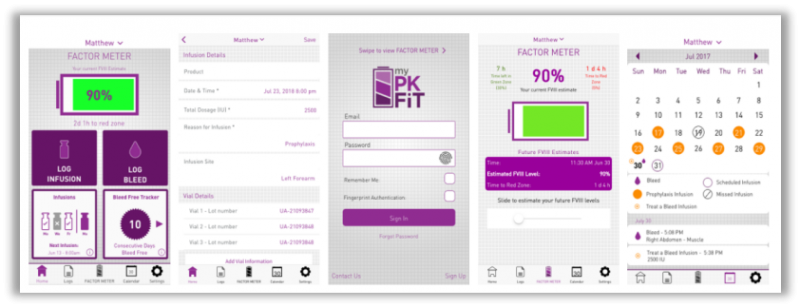
Figure 8. Screenshot of myPKFiT application (Photo source: cqaso.com)
Digital therapy enables self-management of cancer patients (managing a certain disease)
Most cancer patients experience multiple adverse symptoms, and cancer management has become an important part of cancer care. Oleena, the first digital oncology therapy product approved by the U.S. FDA, is a unique cancer care software based on mobile and network technologies that not only helps self-manage patients with different anti-cancer treatments (chemotherapy, immunotherapy and targeted therapies), but also supports remote monitoring of patients by the care team, thereby providing real-time and personalized symptom management recommendations for patients, which are based on the treatment plan of the patient care team and evidence-based symptom management and supportive care guidelines established in the United States and the EU.
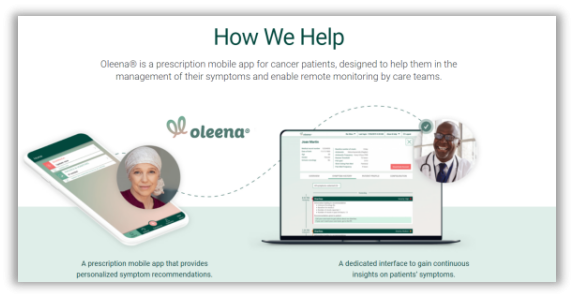
Figure 9. Oleena interface diagram (Photo source: oleena.com)
User-friendly interfaces and simple languages can simplify patient self-management, and implanted clinical algorithms allow health care teams to automate interventions.

(Photo source: Screenshot of the video account of Digital Health Innovation Institute)
Digital therapy shows application prospects in drug adherence
A digital therapy company in the United States has developed an AI patient interaction robot that uses AI technology to provide drug adherence assistance by monitoring the time and way patients take medication. The system contains different algorithmic inputs that can learn their specific behaviors and preferences through their contact with patients at the patient's home. Currently, this robot can provide services for patients with kidney disease, rheumatoid arthritis and congestive heart failure.

With digital therapy, patients can receive tailor-made support services and treatment advice, enabling personalized medical intervention and care for patients by medical professionals. The rise of digital therapy provides clinicians with more innovative opportunities, which can not only improve the level and efficiency of medical services, but also assist clinical research and academic research.
The information collected by digital therapy products covers the patient's physiology, psychology, lifestyle, natural environment and other dimensions, providing more real-world data for clinical research, which can complement the clinical data in the hospital, helping to improve clinicians' awareness of the evolution of chronic diseases in different situations, and thus improve doctors' professional cognition and scientific research capabilities. With the rapid development of information technology and Internet medical care, as well as the wide coverage of large-scale mobile smart devices, the development prospects of digital therapy are broad and the future is promising.
References:
Roberto Verna., et al. “Digital Therapeutics-What they are, what they will be”. Acta Scientific Medical Sciences 4.3 (2020): 01-09.
[2]Chung JY. Digital therapeutics and clinical pharmacology. Transl Clin Pharmacol. 2019 Mar;27(1):6-11. doi: 10.12793/tcp.2019.27.1.6. Epub 2019 Mar 27. PMID: 32055575; PMCID: PMC6989269.
[3]Dang A, Arora D, Rane P. Role of digital therapeutics and the changing future of healthcare. J Family Med Prim Care. 2020 May 31;9(5):2207-2213. doi: 10.4103/jfmpc.jfmpc_105_20. PMID: 32754475; PMCID: PMC7380804.
[4]Kario K, Nomura A, Harada N, Okura A, Nakagawa K, Tanigawa T, Hida E. Efficacy of a digital therapeutics system in the management of essential hypertension: the HERB-DH1 pivotal trial. Eur Heart J. 2021 Oct 21;42(40):4111-4122. doi: 10.1093/eurheartj/ehab559. PMID: 34455443; PMCID: PMC8530534.
[5]Thorndike FP, Berry RB, Gerwien R, Braun S, Maricich YA. Protocol for Digital Real-world Evidence trial for Adults with insomnia treated via Mobile (DREAM): an open-label trial of a prescription digital therapeutic for treating patients with chronic insomnia. J Comp Eff Res. 2021 May;10(7):569-581. doi: 10.2217/cer-2021-0004. Epub 2021 Mar 8. PMID: 33682430.
[6]Kollins SH, DeLoss DJ, Cañadas E, Lutz J, Findling RL, Keefe RSE, Epstein JN, Cutler AJ, Faraone SV. A novel digital intervention for actively reducing severity of paediatric ADHD (STARS-ADHD): a randomised controlled trial. Lancet Digit Health. 2020 Apr;2(4):e168-e178. doi: 10.1016/S2589-7500(20)30017-0. Epub 2020 Feb 24. PMID: 33334505.
[7]Maricich YA, Xiong X, Gerwien R, Kuo A, Velez F, Imbert B, Boyer K, Luderer HF, Braun S, Williams K. Real-world evidence for a prescription digital therapeutic to treat opioid use disorder. Curr Med Res Opin. 2021 Feb;37(2):175-183. doi: 10.1080/03007995.2020.1846023. Epub 2020 Dec 7. PMID: 33140981.
[8] Arterial Network Eggshell Research Institute. China Digital Therapy White Paper (2021). 2021-04-16